IN THEIR LATEST BOOK ‘CRAFTLAND JAPAN’, THE TWO GERMAN DESIGNERS TAKE US ON A JOURNEY ACROSS JAPAN TO MEET 25 ARTISANS WHOSE SENSES, SKILLS AND WORKS REAFFIRM US THAT CONTEMPORARY INTERPRETATIONS OF ART AND CRAFTSMANSHIP IN THIS COUNTRY ALWAYS SEEM TO PROSPER
TEXT: PRATARN TEERATADA
PHOTO: KETSIREE WONGWAN
(For Thai, press here)
Craftland Japan
Uwe Röttgen, Katharina Zettl, Kengo Kuma
Thames & Hudson, 2020
6.9 x 1 x 9.6 inches
287 pages
Paperback
ISBN 978-0-500-29534-2
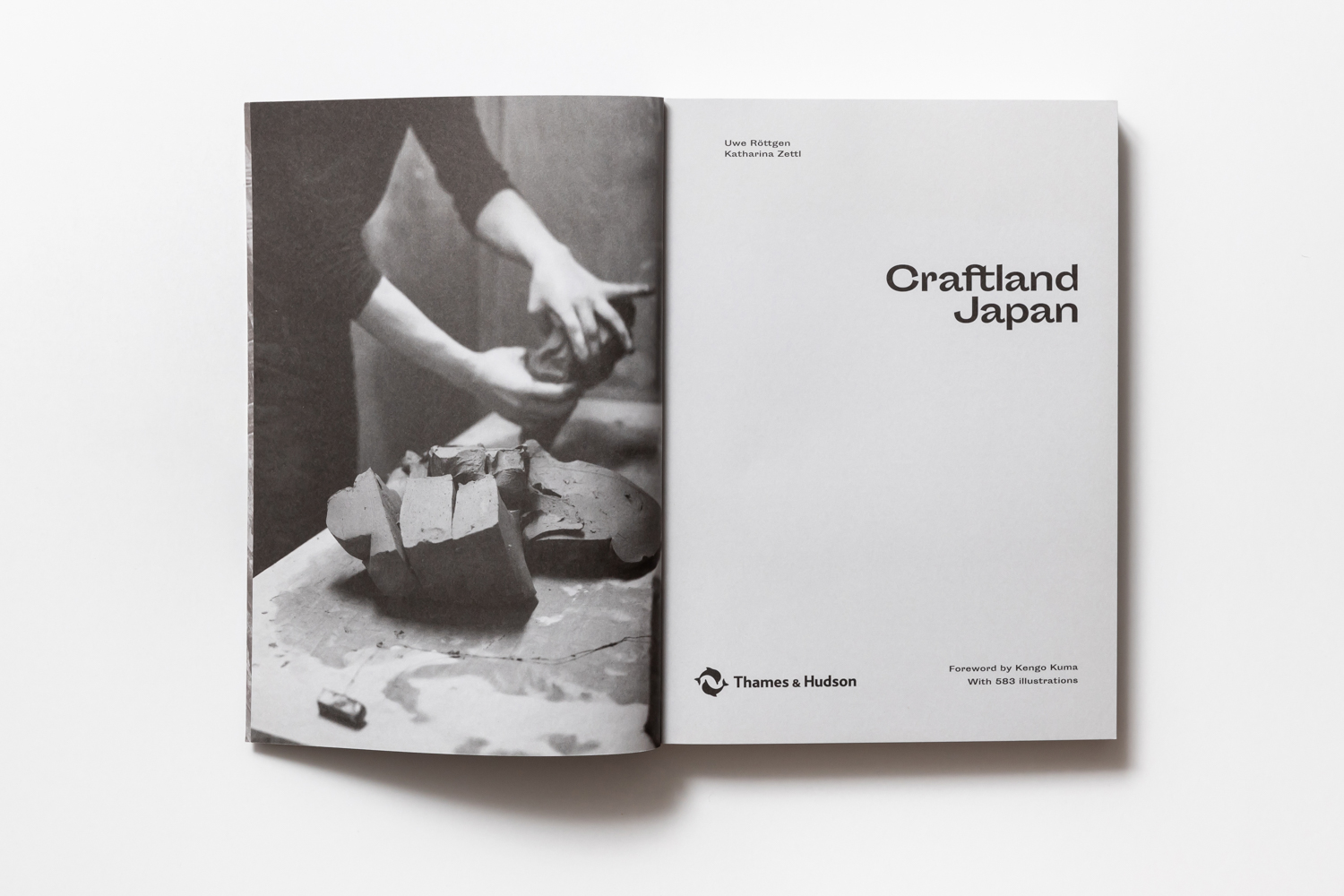
In Craftland Japan’s introduction, Kengo Kuma wrote about the fallouts after Japan’s economic bubble burst in the 1980s. The incident had immediately caused his projects in Tokyo to come to a halt, and Kuma ended up having plenty of time on his hands and practically nothing to do. He decided to spend the free time he barely had before exploring the countryside, working on small jobs that granted him opportunities to work with Japanese artisans who were living in remote areas of the country. During this time, he had learned and garnered knowledge that would later become incredibly beneficial to his work. For Kuma, the 1990’s which was referred to many as Japan’s ‘Lost Decade,’ was “a very fulfilling time, personally. Those ten years changed me to who I am today.”

Japan is a country of woodlands with forests occupying over 70% of its geography. With nature being such an integral part of life, especially in rural villages tucked away in the mountains, surrounded by forestlands, rivers and creeks, people were born and brought up in an environment that helped originate and nurture their craftsmanship skills. Locally conceived and preserved, it is now the time for the world to know more about their crafts.
Looking back through hundreds of years of history, we can see Chinese and Korean influences in Japanese crafts. Skills were learned and practiced as techniques and styles develop, creating products that best suit the Japanese’s demands and preferences. Several crafts products, mainly ceramic ware and lacquerware, were made under the supervision and promotion of the town and land rulers, each possessing its own local or regional characteristics.
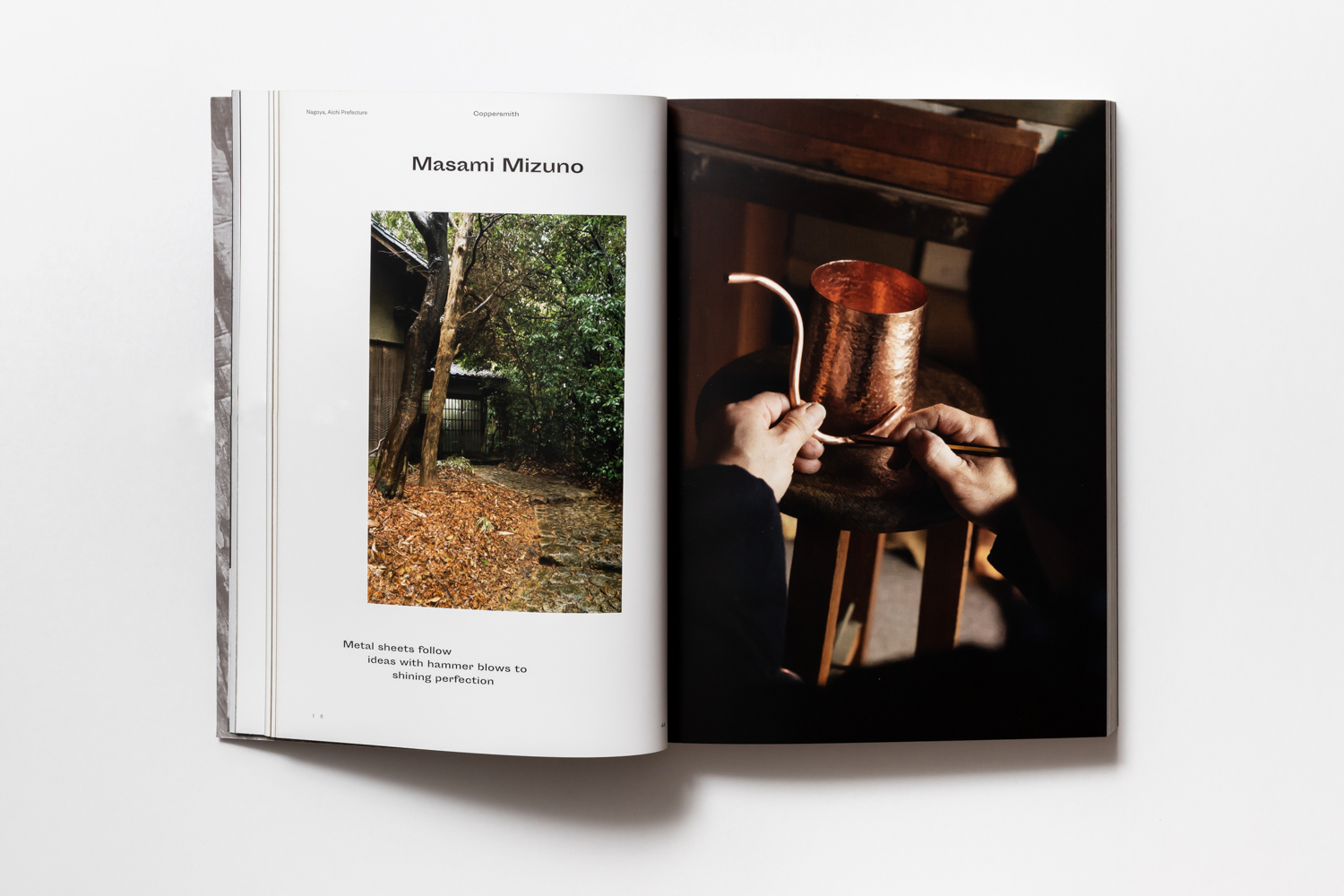
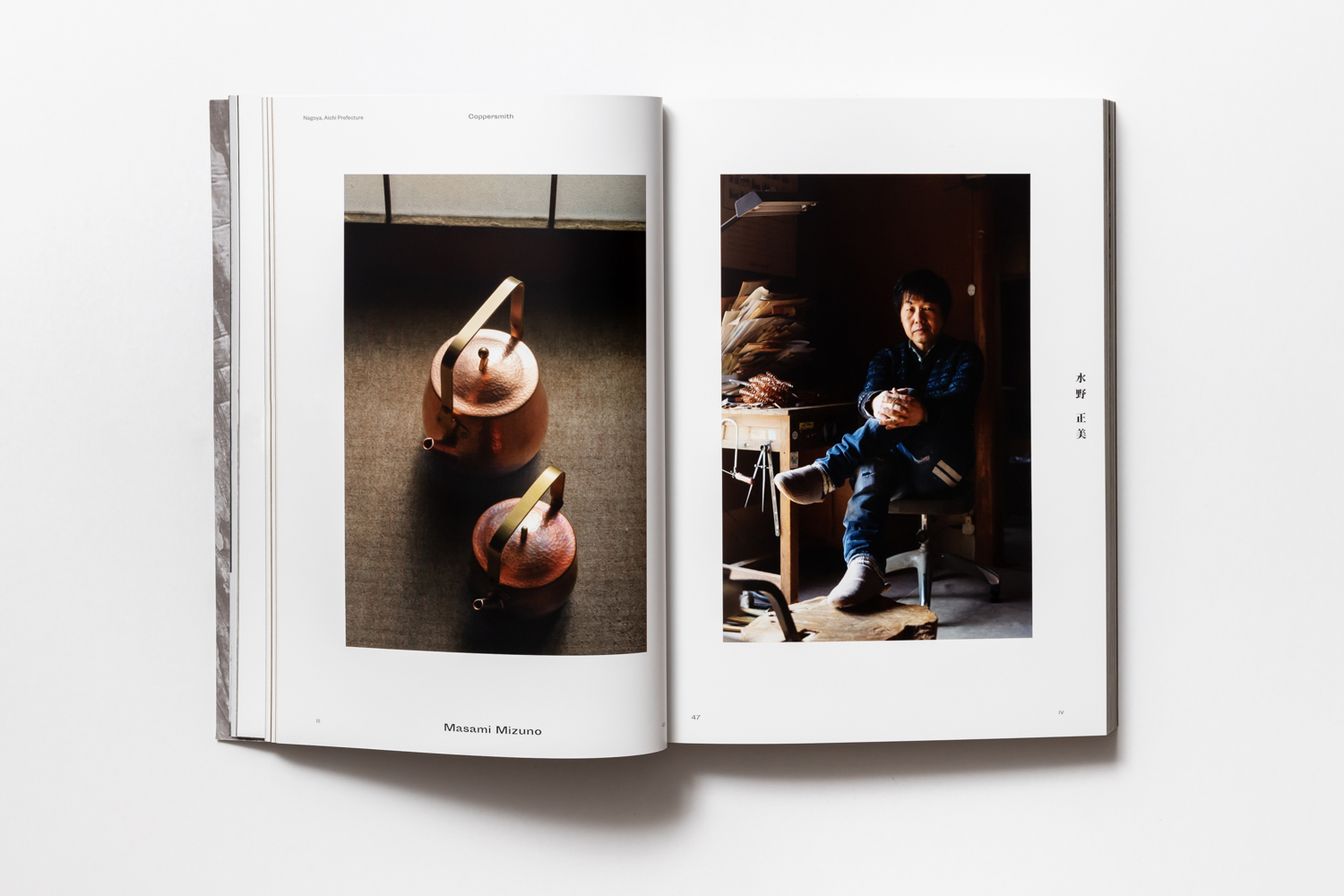

On the ongoing journey in the evolving world of crafts, the Japanese craftspeople of the past amalgamated aesthetics to the Zen philosophy, highlighting the relationship between the earth, nature, universe, and all elements. In the Meiji Era (the 19th Century), Japan saw an influx of Western cultures, causing the Japanese’ traditional way of life to change accordingly. Around this time, folk art or Mingei began to emerge, with the widely popular British arts and crafts trend being the primary influence. The craftspeople in Craftland Japan are from different parts of the country, areas far from the craft and creative hubs known and glorified by the west, such as Kyoto, Arita and Wajima. Many of these people are former business students who had experienced the freedom of the artisanal way of life, driven by its creativity and experimental capabilities. They decided to leave the office worker life behind, get away from big cities and start to build and create works in Japan’s remote rural villages. They gradually and directly began learning from nature, studying the characters and life cycle of wood, seasons, and the perfect time to harvest indigo trees, the necessary processes that need to be done before the dyeing process begins, controlling the fire of ceramic kiln and so on. These kinds of knowledge require days and nights of training as their senses and skills gradually develop. The quality of outstanding craftwork is a combination of time, excellent materials, special skills, attentiveness, dedication, and the spirit driven by perseverance that will not compromise whatever conditions that come along the way. It’s a lifelong lesson. And the 25 craftspeople included in this book are the finest testaments of these perfectly combined qualities, from Nigara Forging (sword-smith) Suzuki Morishisa Studio (blacksmith) Yanase Washi (papermaker) Hajime Nakatomi (bamboo artist) BUAISOU (indigo tie-dyeing agriculturist) Koichi Onozawa (ceramic studio) to Kasamori | OOO (embroiderer) and Ayane Muroya (calligrapher).
The 25 craftspeople featured in Craftland Japan are those who have fully mastered techniques using various materials and mediums from lacquerware, tie-dyeing, blacksmith, to calligraphy. The book honors Japan’s excellence of craft, design and incredible resources. And regardless of the constantly changing world, contemporary interpretations of art in this country always seem to prosper.
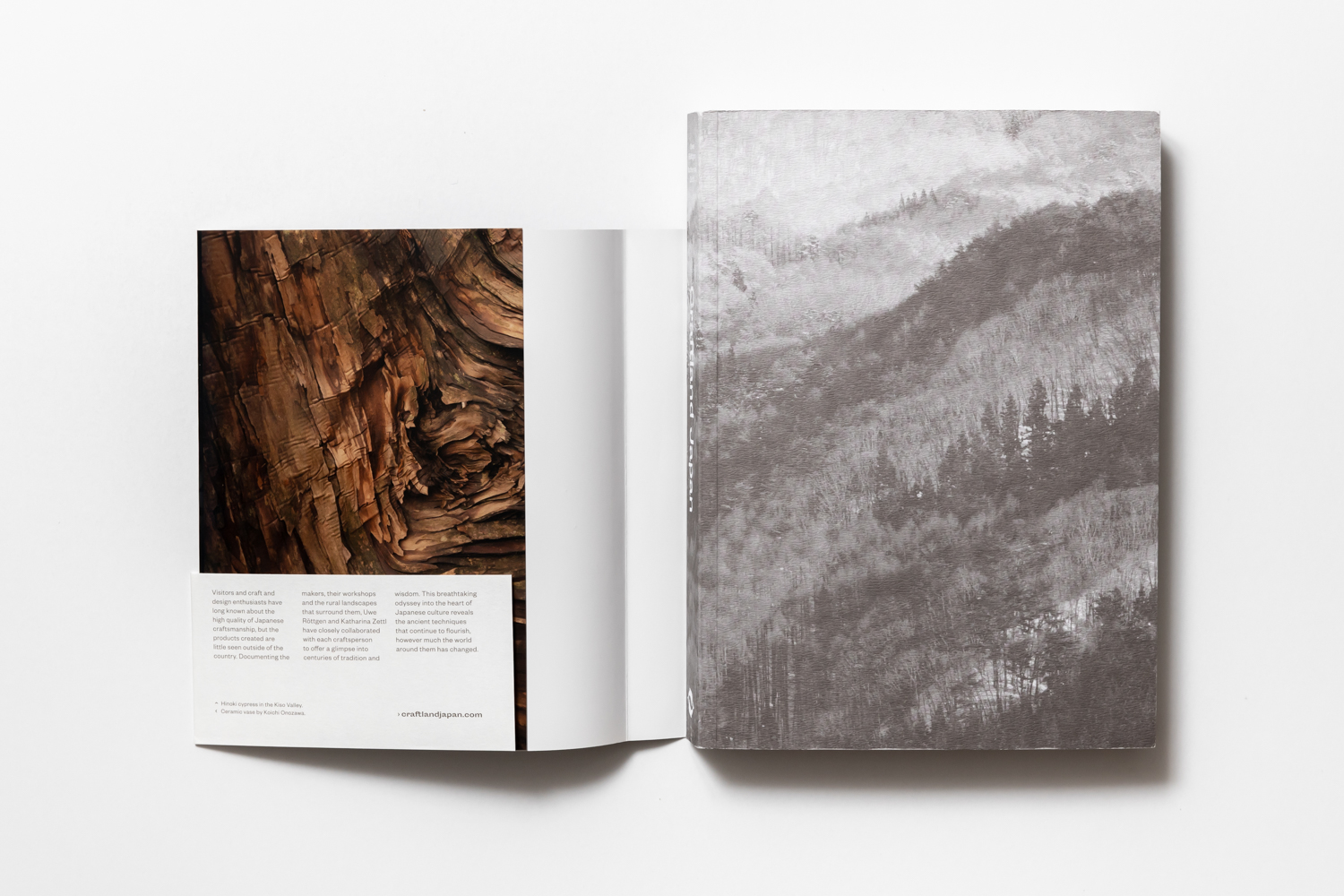
Present-day Japan is perceived as a country with advanced technology, innovative architecture, and products, standing at the forefront of the world. On the other side of the spectrum, the Japanese countryside is home to vast forestlands and luscious mountains, with geographical conditions that are the birthplaces of diverse local cultures. Underneath the striking visuals of mountainous lands and ancient forests lie the hidden treasures that could be one of the answers to the sustainability of the future world and perhaps the survival of humankind.

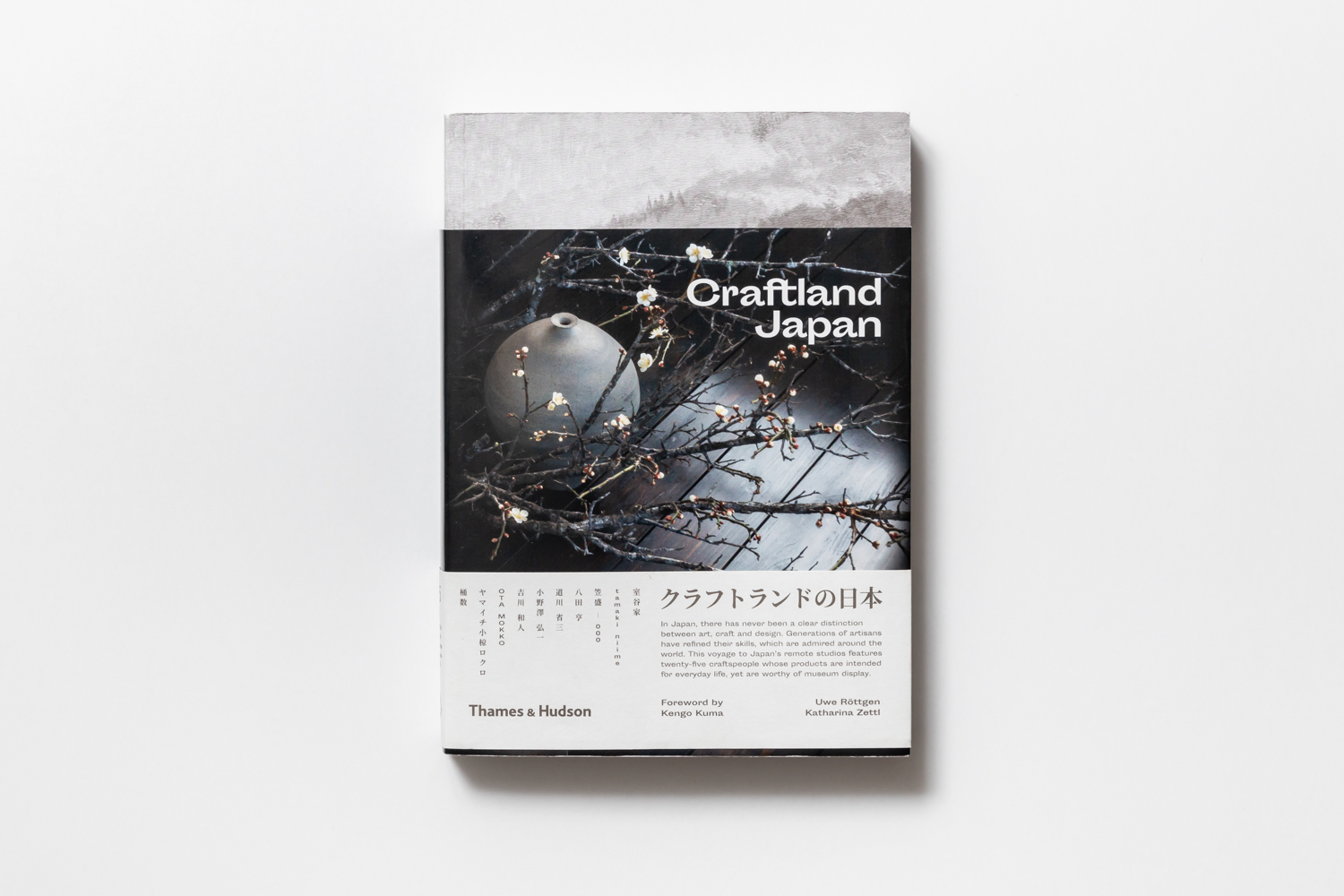


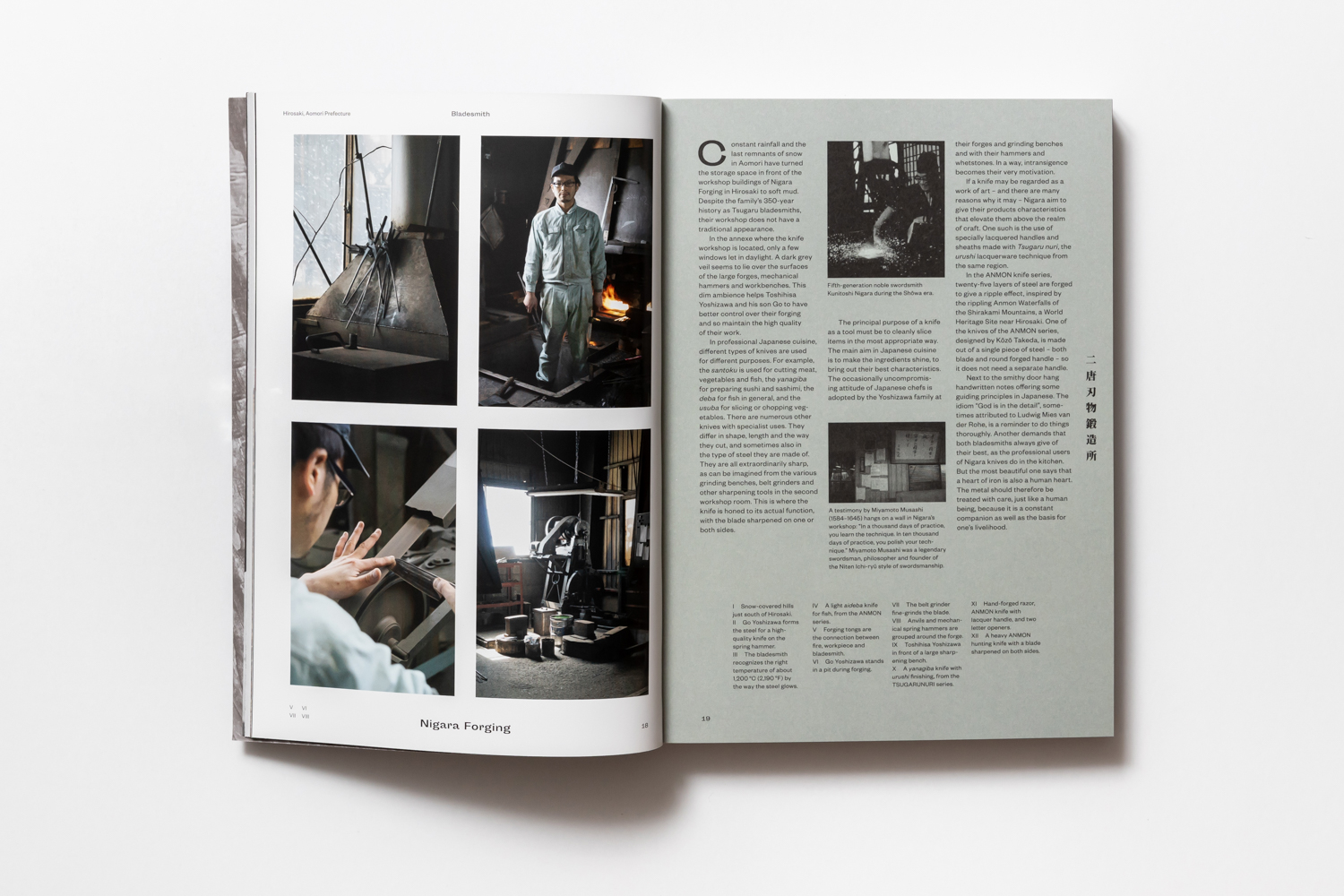
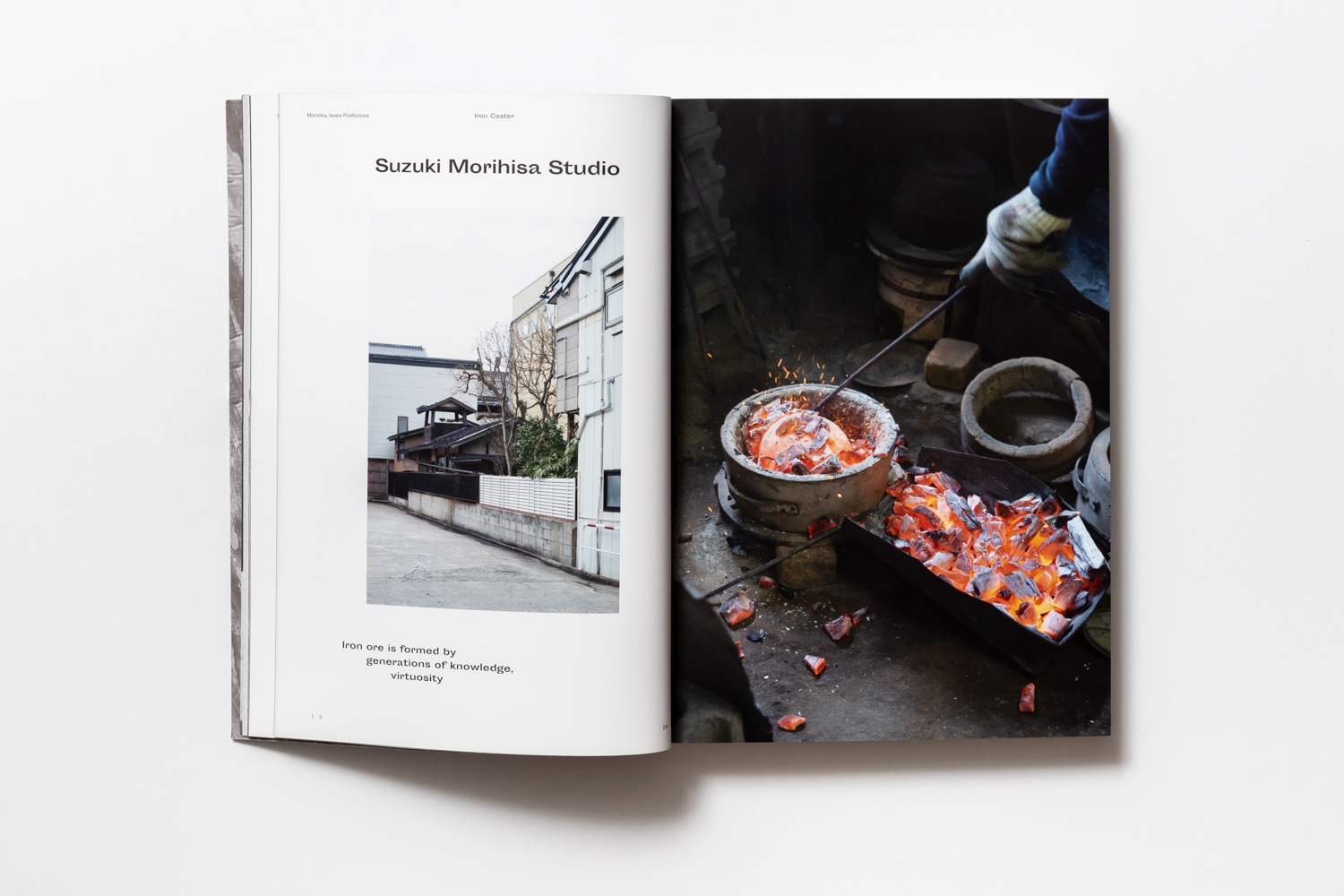


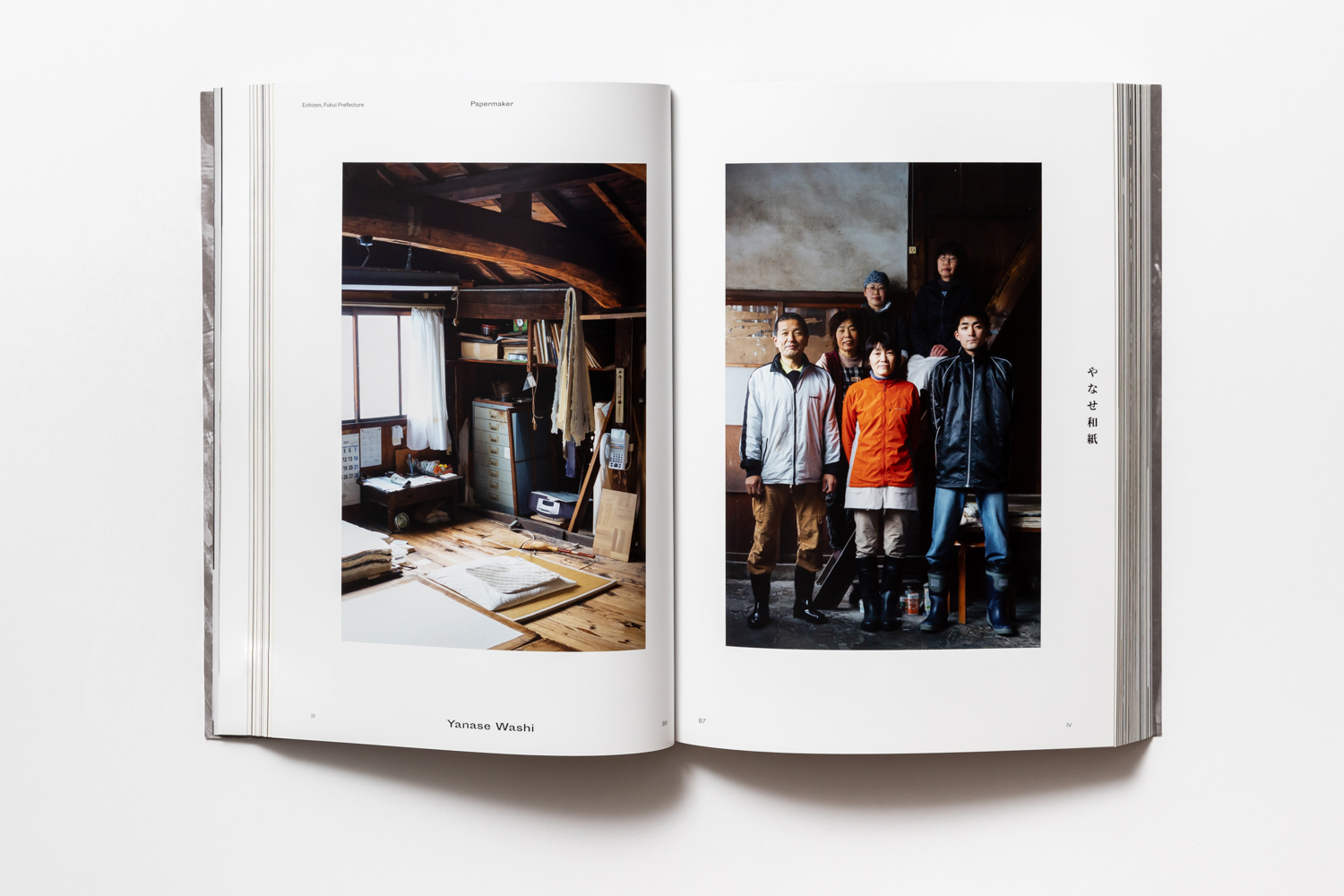


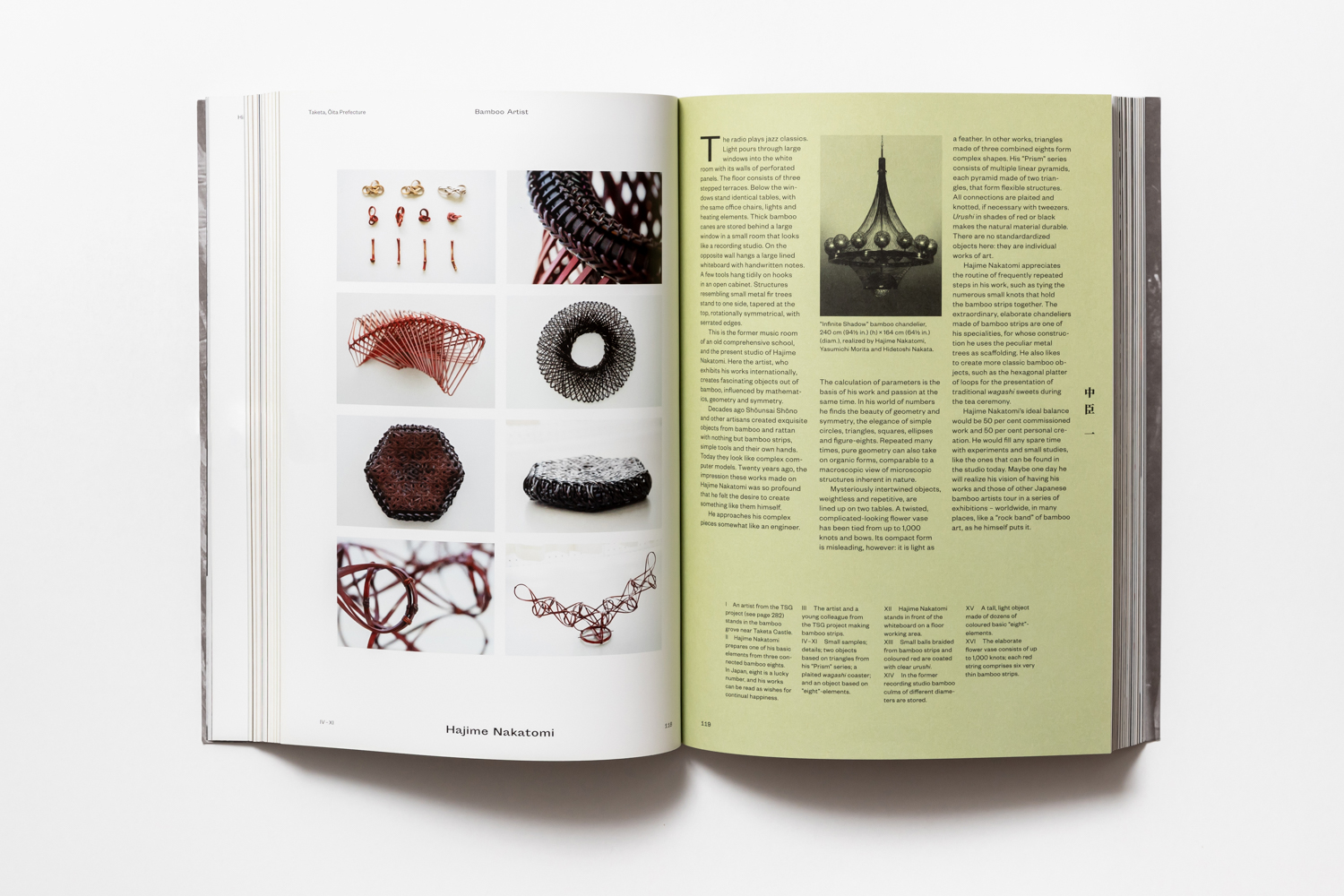
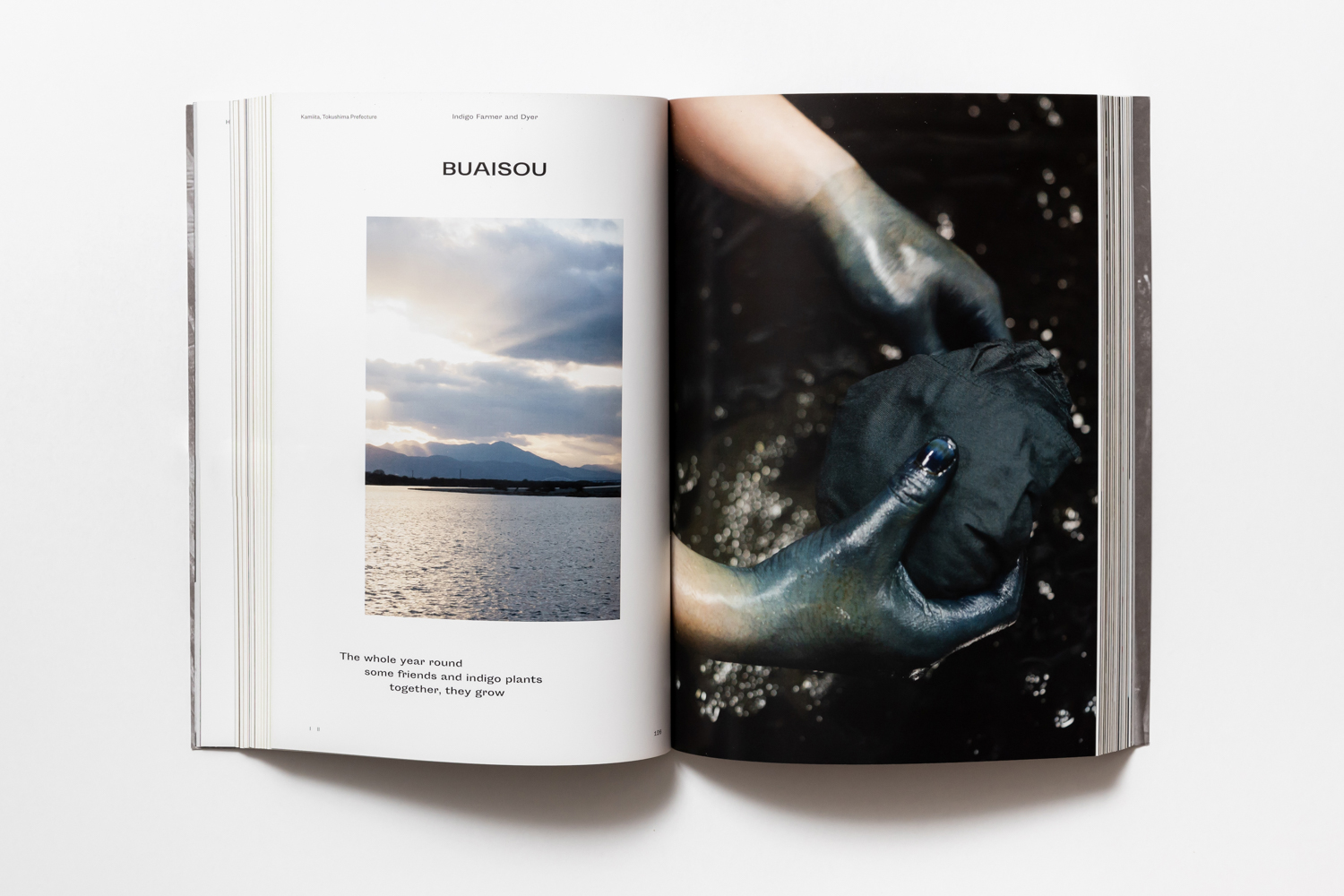
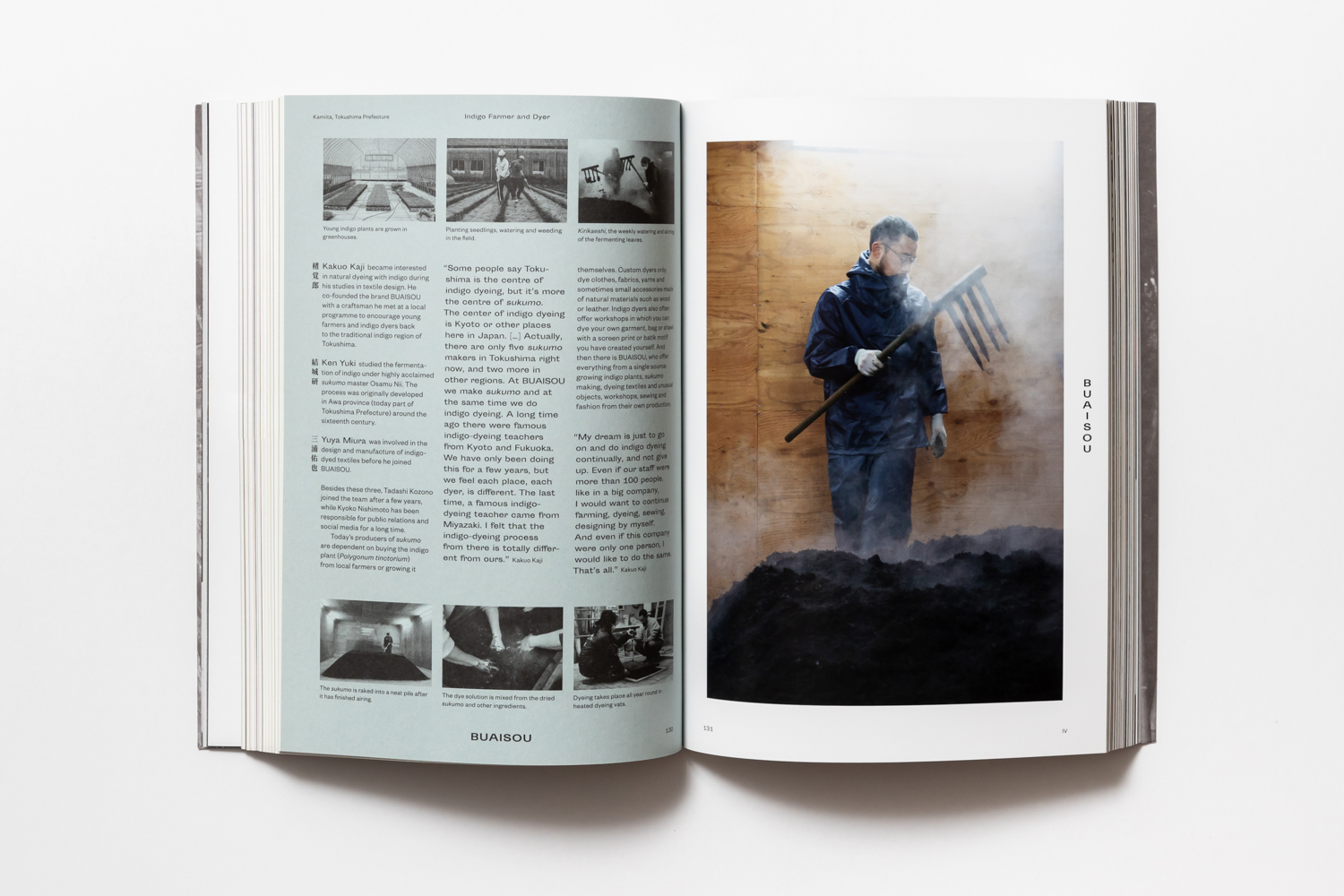
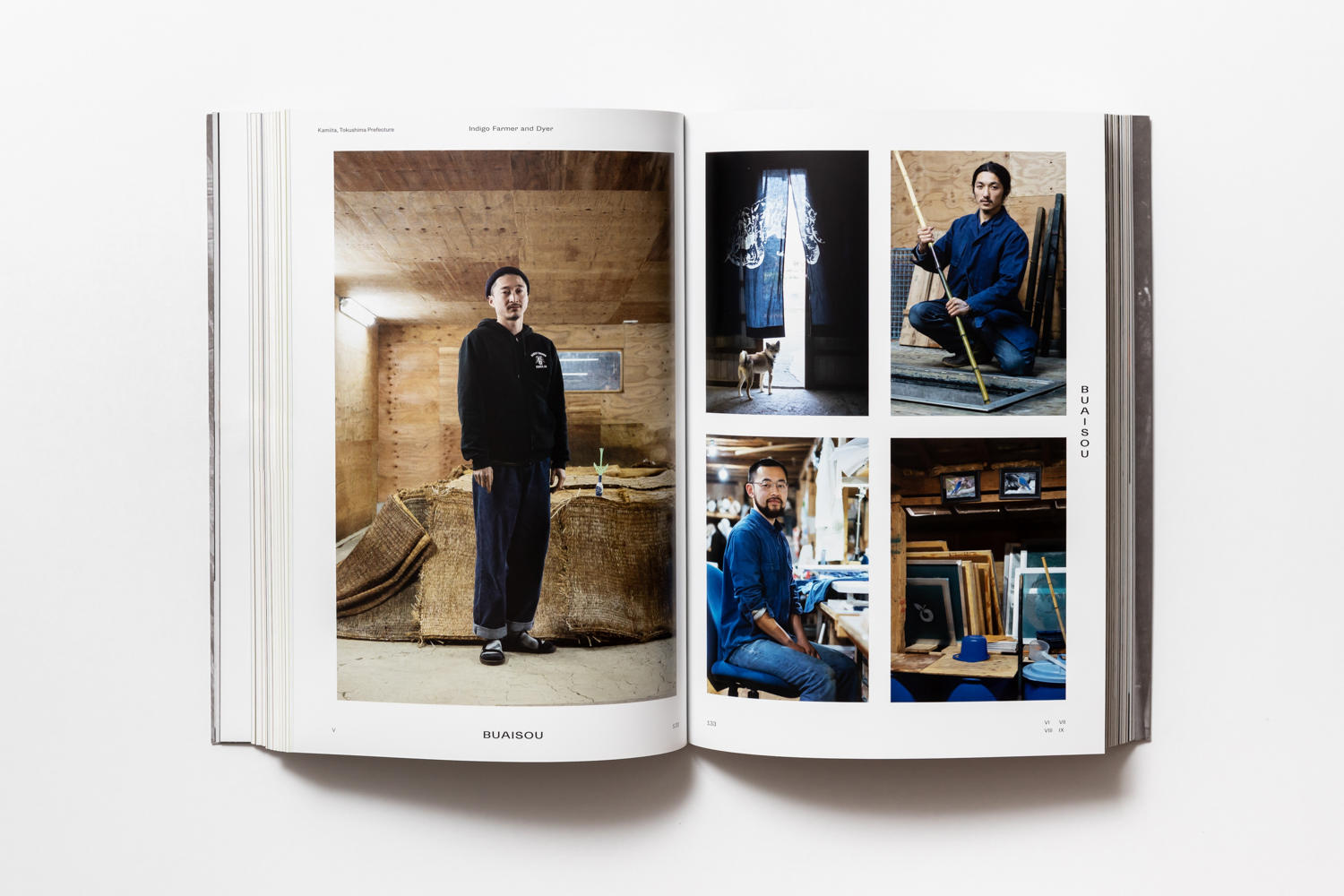



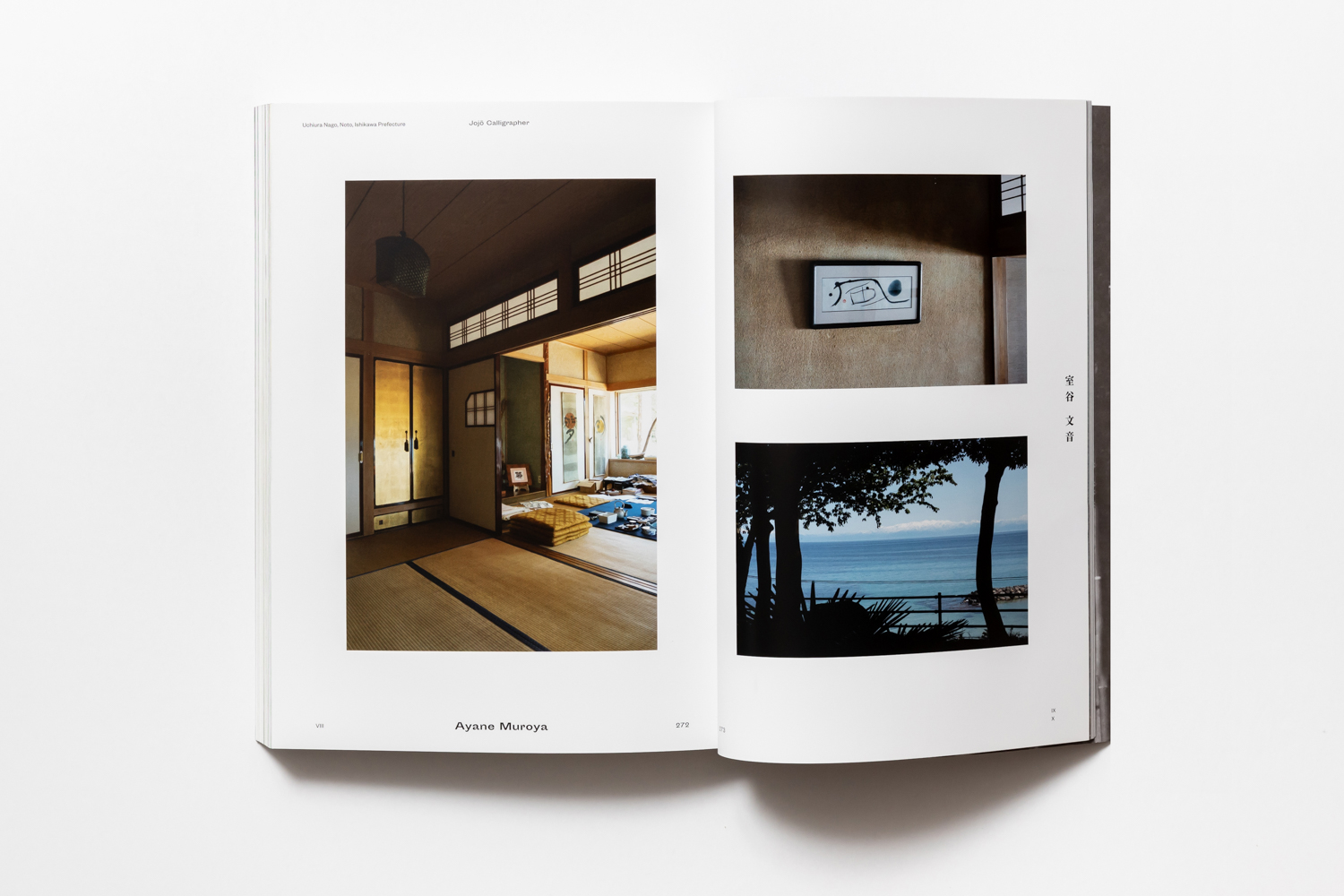
1 Comment